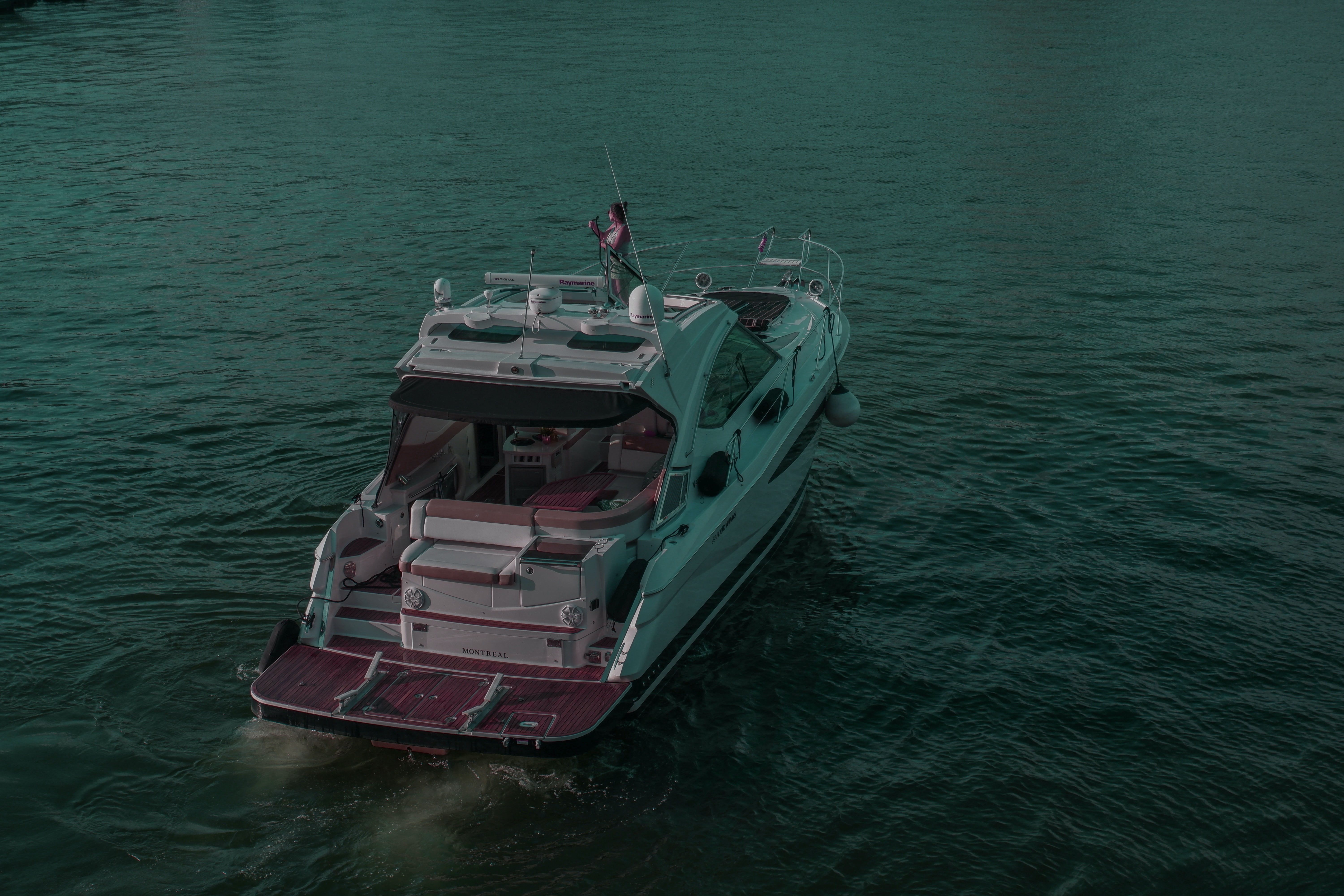With the 2021 boating season around the corner, you’re probably counting down the days until you can finally put your boat in the water, push off the dock, and enjoy summer to the fullest.
But first, it’s important to brush up on some boat safety measures and tips. A safe day on the water entails more than checking your safety gear and wearing a life jacket.
Here are SkiSafe’s 2021 boating safety tips (because stress-free, accident-free boat outings are the best kind).
Tip #1: Carry Extra Lines and Fenders
Both lines and fenders are needed for multiple reasons, making them extra important to have on board. You never know when you’ll tie-up with other boaters or dock in front of a waterfront restaurant. Even places with docks typically don’t provide lines to tie up with. It’s a good idea to always keep extras on board.
As a quick refresher - dock lines are used to secure your boat to a dock, slip, mooring, or another boat. There are a variety of different types, including for both temporary and semi-permanent purposes. Fenders are cushions that go in between your boat and the other entity. They work to prevent damage from rubbing or impact while the boat is tied up.
» MORE: How to Pick the Right Dock Lines
Tip #2: Keep a VHF Radio on Board
A VHF Radio is a standard device used by boaters for on-water communication purposes. Don't replace this well-trusted radio with a cell phone or tablet. Remember - there isn’t great service on the water, whether you’re inshore or offshore boating.
A more traditional marine electronic device is designed to provide:
- Digital selective calling (DSC) for both emergency and non-emergency purposes
- Radio channels reserved for search and rescue operations between local vessels, as well as with the Coast Guard
- Navigational resources for watercraft
- Automatic weather alerts
Quality VHF Radio Options:
- Uniden MHS75
- Cobra MRHH350FLT
» MORE: Marine VHF Radio Overview
Tip #3: Fit Passengers for Life Jackets
Life jackets and personal flotation devices are very important. It’s also important that they properly fit the passengers onboard. Anything too big or too small will not be as effective. Make sure everyone on your boat has a designated life jacket that fits.
Life jackets are typically measured by weight. The manufacturer should have recommended sizing guidelines available for your reference. You can test whether a life jacket fits properly by raising your arms above your head. If the vest rides up over your face or chin, it does not fit. Rather, the vest should securely stay in place. There should be little to no excess room near the arm and neck openings. On the other hand, if the vest is applying constant pressure and significantly restricting movement, it may be too small. For optimal performance, the life jacket should fit just right. Anything too big or too small can prove to be counterproductive.
If you have kids, especially, something that may have been used last year will likely need to be upgraded for a larger-sized personal flotation device. Don’t get something that could be grown into. Life jackets that are too big will push up against the face, proving to be uncomfortable and unsafe. You’ll want to make sure it is snug, but not overly tight.
Tip #4: Always Offer Help to a Boater in Need
Boaters helping boaters is a beautiful thing. The close-knit boating community, in general, should always make a point to offer assistance to one another, especially in a time of need. And vice versa - if you are in need of help, don’t be afraid to ask for some. Chances are other boaters will be more than happy to extend a hand.
It’s also important to share knowledge with other boaters, whether you notice a change in the tide or weather, or maybe a sandbar that has shifted. That information is vital, so don’t hesitate to share it. That kind of helpfulness will keep everyone on the water safer.
Tip #5: Carry a Spare Anchor
Try to carry two anchors aboard. You never know when one could accidentally break free. To avoid a nightmare scenario like that - let out 5-7 times the amount of depth in the anchor line and when in doubt, let out more. The more line, the lower the odds of dragging or breakage. If the worst happens - you’ll at least have another anchor on board.
Of course, you’ll want to have a general idea regarding the depths of the areas you’re anchoring. You want to make sure you have a sufficient amount of anchor line for that depth.

